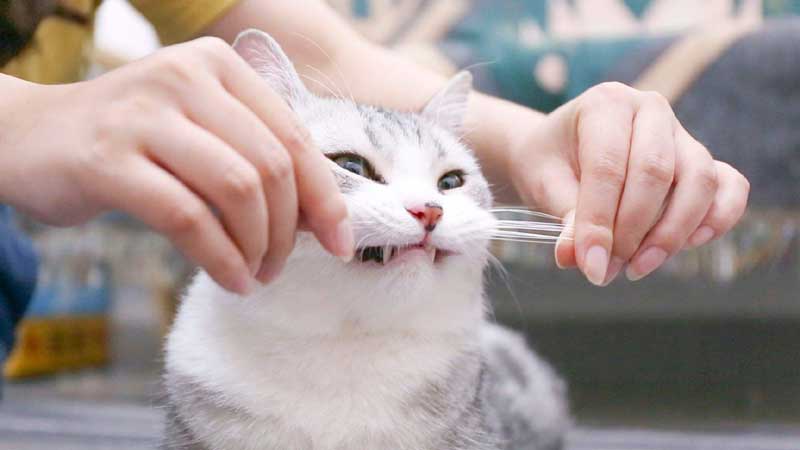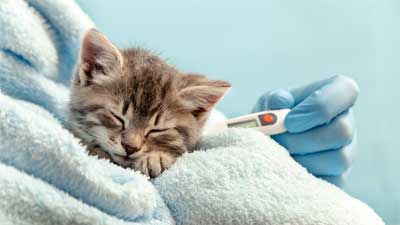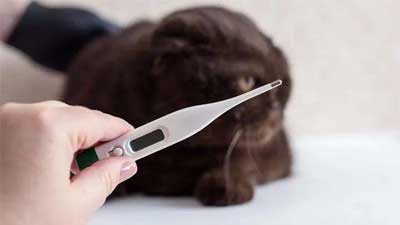How Does Trimming A Cat's Whiskers Affect Cats?

Best Answer:
If a cat's whiskers are clipped, they lose its ability to survive in the wild and can't catch prey. If a cat's whiskers are cut off, a balance disorder will appear. This produces the phenomenon of hitting the wall. The roots of the cat's whiskers are distributed with relatively rich and sensitive sensory nerves. As long as the cat is moving, the tip of its whiskers touches other objects, and the cat can feel them sensitively.
The whiskers are also a complement to the cat's visual senses, a more important sensory organ in the cat's body. When night falls, cats can still move well, and whiskers play a big role in that. If there are no whiskers, cats may also lack a certain sense of security during activities and dare not move, and may stay in the corner and dare not eat.
Whiskers: What Are They?
Whisker follicles are located deep within the epidermis and produce coarse, thick hairs known as vibrissae or whiskers.
As a result of the tightly packed nerves in the follicles from which they emerge, whiskers are far more sensitive than the other hairs on a cat's body. It has been said that whiskers are just as sharp as human fingertips.
Generally, cats have more than cheek whiskers, as you may not have realized. In reality, cats also have whiskers on their front legs, around their jawline, and over their eyes.
Proprioceptors, specialized sensory organs, are located at the tips of each whisker. These can sense changes in air currents by minute vibrations. Before being transferred to the brain, the data is moved down the whisker and into the hair follicle's nerve receptor.
What Are The Main Functions Of Whiskers?
Even though whiskers represent different purposes, their primary job is to act as a kind of environmental scanning system.
Cats can adjust the direction of their whiskers and feel vibrations in the air. To aid them in navigating their surroundings, this can be utilized as a second sense.
Interestingly, cats can detect objects with their whiskers without touching them. This ability allows cats to find things in the dark. Due to their farsightedness and difficulty seeing objects up close, cats need this to function effectively.
In addition, because they are nocturnal by nature, this enables them to "see" more clearly while stalking in the darkness. Whiskers are a measuring tape to prevent scratches on your cat's face and eyes. This enables cats to judge how narrow a space is and if they can pass through it.
What's The Downside of Cutting My Cat's Whiskers?
When you clip a cat's whiskers, it gets constantly lost and has problems moving. Even though a lost whisker will eventually grow back, the cat will still feel its disappearance.
Cutting our fingertip endings off is likely to clipping their whiskers. Cutting whiskers hurts, and it can make cats less spatially aware. They may stumble into objects, lose their sense of direction, be less capable of defending themselves from harm, and become less agile. Knowing the fundamental purpose of a cat's whiskers, it should be no surprise how upsetting it would be for a cat to lose or destroy them.
Without whiskers, cats find it hard to evaluate the size of openings and are more likely to become caught, according to research. In addition, cats without whiskers have issues walking straight and find it tough to run because they are dependent on them for their balance. Additionally, they frequently stumble and become lost.
It's interesting to note that research with short-whisked cats demonstrates their difficulty in making accurate distance estimates. As a result, they frequently underestimate the distances required for jumps and occasionally collide with objects. As long as the follicle itself doesn't sustain damage that is beyond the body's capacity to mend, whiskers will grow back.





